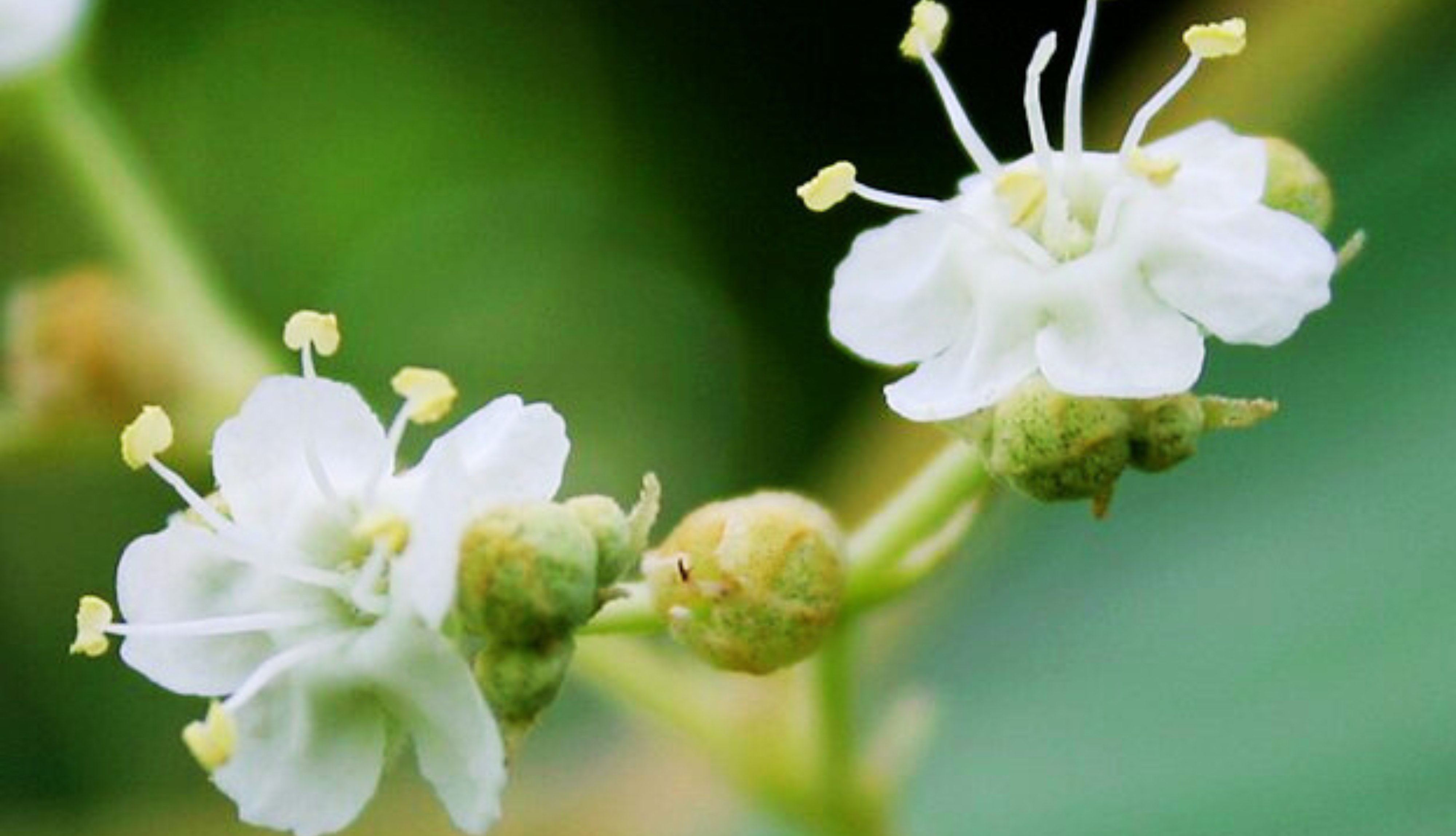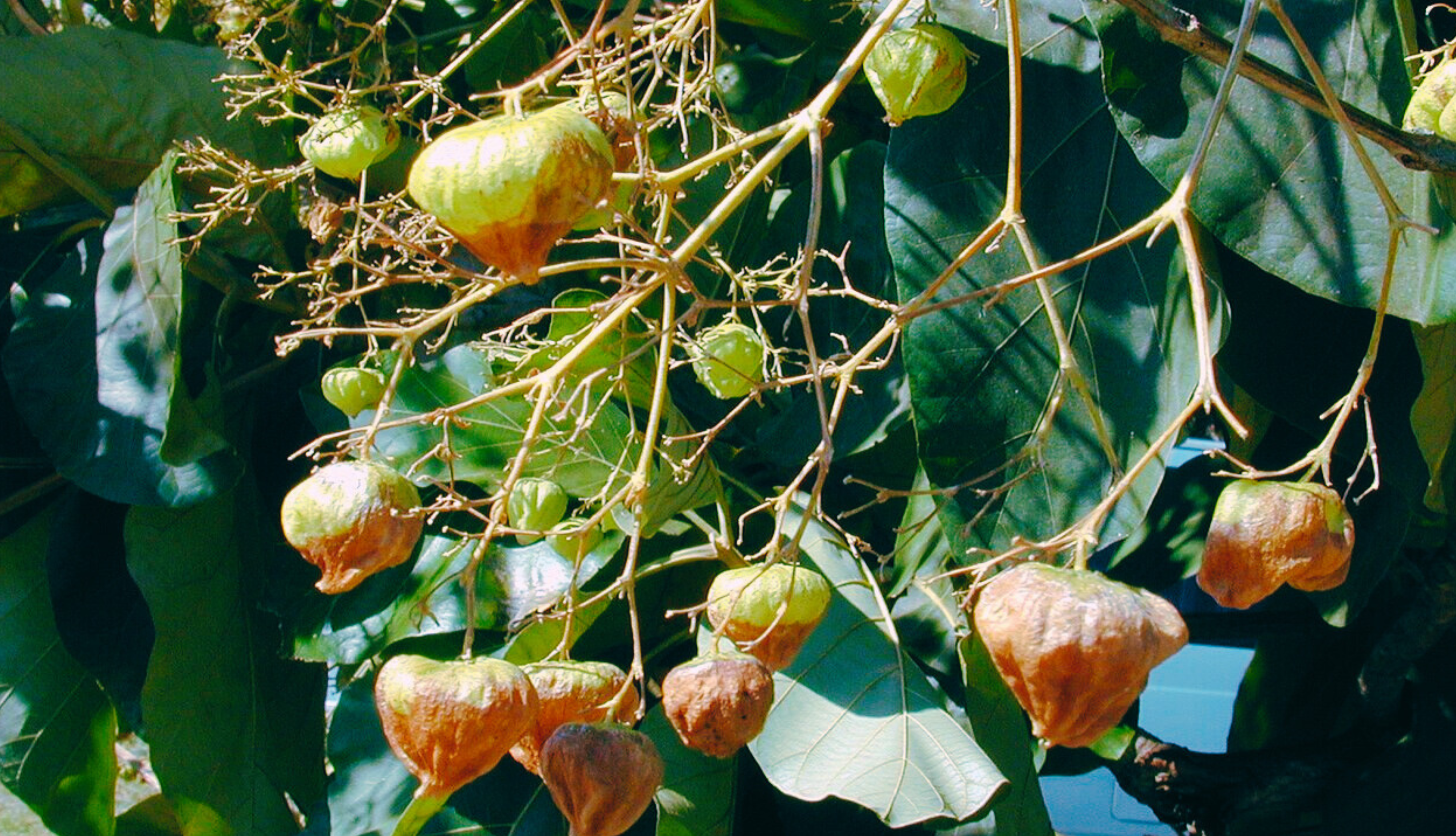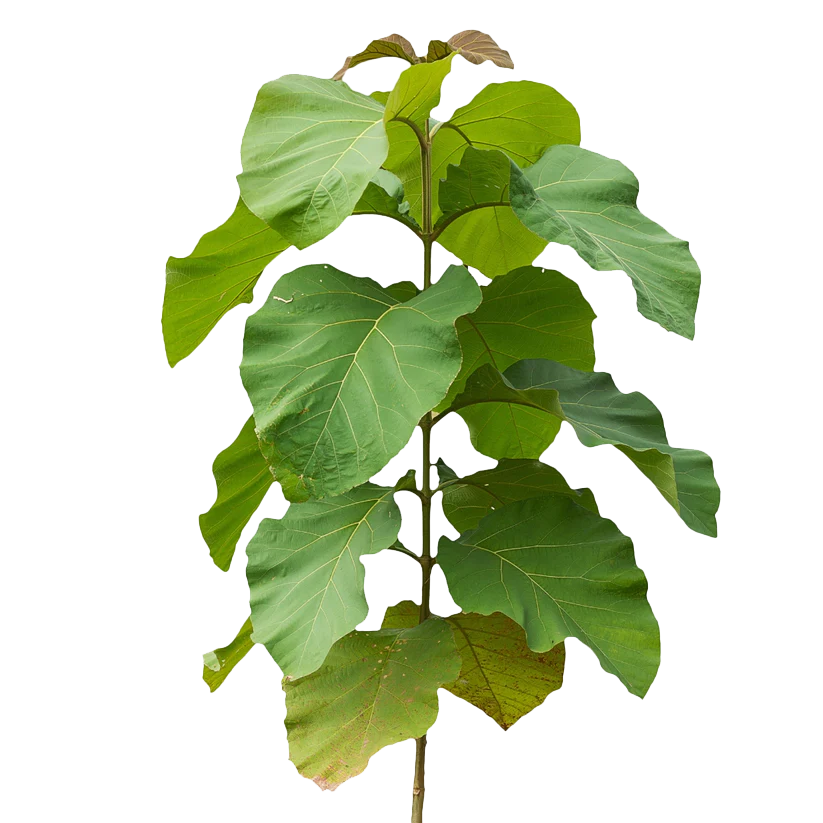ABOUT TEAK AND ITS VARIETIES

WE DO NOT HAVE ANY BRANCHES, FRANCHISES, MEDIATORS OR AGENTS.
A Journey Through the Varieties and Legacy of Teak


Scientific Classification:
The scientific classification of Teak in the Plant Kingdom is as follows:
Kingdom
Clade
Order
Family
Genus
Species
It's All About The Teak
Etymology:
The word teak comes from the names: Teku (Telugu), Tega (Kannada), Tekku (Tamil), Thekku (Malayalam), and Teca (Portuguese). In Sinhala (Sri Lanka), it is known as Thekka.
Description Of Teak :
Teak is a large, deciduous tree that can grow up to 40 meters (131 feet) tall, characterized by shades of brown branches. The leaves are ovate-elliptical to ovate, measuring 15–45 cm (5.9–17.7 in) in length and 8–23 cm (3.1–9.1 in) in width, with robust petioles that are 2–4 cm (0.8–1.6 in) long. The leaf margins are entire.
From June to August, fragrant white flowers appear in panicles that are 25–40 cm (10–16 in) long and 30 cm (12 in) wide. The corolla tube of the flowers is 2.5–3 mm long with 2 mm wide obtuse lobes. Tectona grandis, the scientific name for teak, sets fruit from September to December. The fruits are globose, measuring 1.2-1.8 cm in diameter.
The flowers are weakly protandrous, meaning the anthers mature before the stigma, with pollen being shed within a few hours of the flower opening. They are primarily entomophilous, pollinated by insects, though they can occasionally be anemophilous, or wind-pollinated. A study conducted in 1996 found that in Thailand, species in the Ceratina genus of bees are the major pollinators.
Teak heartwood is yellowish and darkens with age, sometimes developing dark patches. It has a distinct scent when freshly cut. The sapwood is whitish to pale yellowish brown and can easily separate from the heartwood. The wood is hard, ring-porous, and has a density of 720 kg/m3.
Distribution and Habitat :



Cultivation :
Propagation :
Worlds Largest Living Teak Trees :

TEAKNET :
Outdoor Furniture
Due to its resistance and durability it is highly used in Outdoor Furniture
Boat Decks
Its high oil content and strength make it ideal for boat construction.
Cutting Boards
Used for cutting boards and countertops due to its toughness and natural oils.
Uses Of Teak

Veneer
Used as a veneer for indoor furnishings, adding elegance and durability.
Culinary Uses
Teak leaves are used in Pellakai gatti in South India and Gudeg in Indonesia.
Larval Food
The leaves serve as food for larvae of various moth species.
Outdoor Furniture
Due to its resistance and durability it is highly used in Outdoor Furniture
Boat Decks
Its high oil content and strength make it ideal for boat construction.
Cutting Boards
Used for cutting boards and countertops due to its toughness and natural oils.
Uses Of Teak

Veneer
Used as a veneer for indoor furnishings, adding elegance and durability.
Culinary Uses
Leaves are used in traditional dishes in India & Indonesia
Larval Food
The leaves serve as food for larvae of various moth species.

